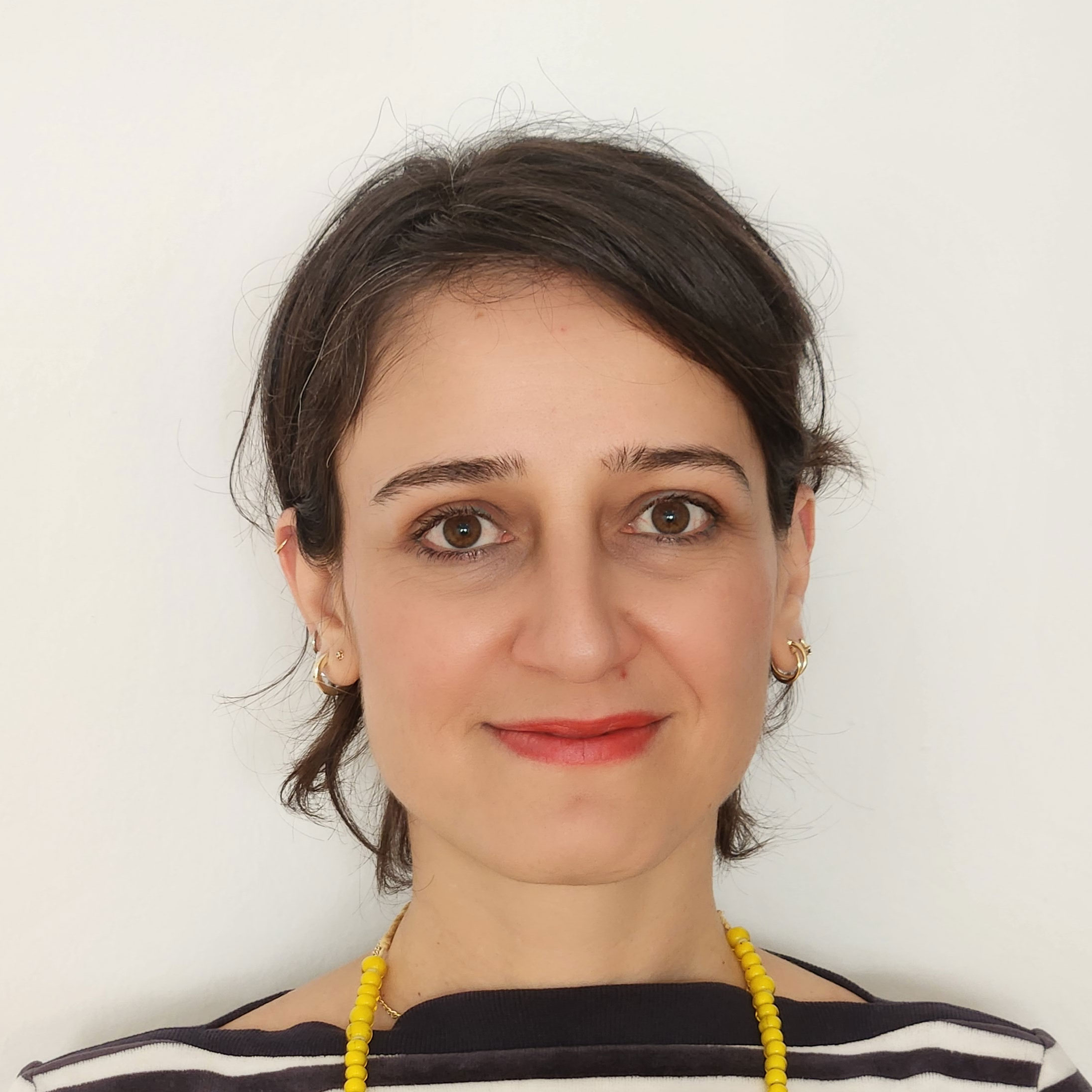
|
ASSISTANT PROFESSOR PINAR ÖNAL Faculty Member |
|
| Office: SB-242 Phone: +90 312 290 2505 E-mail: pinar.onal@bilkent.edu.tr |
• Google Scholar profile • LinkedIn profile • PubMed entries |
Biography
Pınar Önal graduated from the Molecular Biology and Genetics Department in Middle East Technical University, in 2005. After that she moved to Sabanci University in Istanbul to do her Master’s degree in the laboratory of Dr. Batu Erman on the discovery of plant factors affecting mammalian Nf-kB signaling. She did her PhD in the laboratory of Nikolaus Rajewsky at Max Delbrueck Center in Berlin and worked on regeneration using planarian Schmidtea mediterranea. She wrote her thesis on the conservation of pluripotency determinants between mammalian and planarian stem cells. Her interest in evolution and development carried her across the ocean to New York University to work on Drosophila embryogenesis together with Prof. Dr. Steve Small. There, she worked on one of the most famous proteins in the Drosophila and developmental biology field, Bicoid. Together with her colleagues and collaborators in the University of Chicago and Harvard, she investigated the evolutionary history of Bicoid’s anterior functions and structure using in vivo and in vitro techniques. She expanded her work in Shelby Blythe’s lab in Northwestern University to include live imaging and epigenetics.
She moved to Bilkent University to start her own lab in September 2022. Her lab uses Drosophila embryogenesis as a model to understand mechanisms that contribute to development of a body plan from a single multipotent cell. They employ in vitro and in vivo genetic and genomic assays as well as live and fixed cell imaging technologies to investigate the interactions between transcription factors and DNA that lead to precise spatio-temporal regulation of morphogenesis in Drosophila embryo.
Research
Changes in gene expression are among the major causes of phenotypic and morphological differences within and between species as well as between diseased and healthy tissues. In eukaryotes gene expression is regulated at many different levels. Among these is the transcriptional gene regulation, which is mediated by DNA binding proteins called transcription factors. They bind specific DNA sequences called motifs to regulate spatio-temporal gene expression. These motifs are 6-12 bp long and are abundant across the genome. However, a specific transcription factor binds only a subset of potential motifs. How these transcription factors bind right targets among thousands of others at the right time and space is still not fully understood. Drosophila transcription factor Bicoid (Bcd) is a maternal factor which regulates formation of head and thoracic segments. It has a highly conserved and well structured DNA-binding Homeodomain (HD) and transcription activating regions which lack sequence similarity and stable structure under native conditions. These regions are called intrinsically disordered regions (IDRs). While DNA binding HD binds directly to these motifs, IDRs are believed to be involved in different aspects of transcriptional regulation. They might mediate target recognition through promiscuous and weak DNA binding, interact with cofactors, form transcriptional hubs (condensates) and change conformation of the DNA and thereby contribute to transcriptional specificity. We investigate how these different structural regions and mechanisms impact robust and specific transcriptional regulation and development by using in vitro and in vivo techniques in the model of Drosophila embryogenesis.
Key Publications
Onal, P., Gunasinghe, H. I., Umezawa, K. Y., Zheng, M., Ling, J., Azeez, L., Dalmeus, A., Tazin, T., & Small, S. (2021). Suboptimal Intermediates Underlie Evolution of the Bicoid Homeodomain. Molecular Biology and Evolution, 38(6), 2179–2190.
Liu, Q., Onal, P., Datta, R. R., Rogers, J. M., Schmidt-Ott, U., Bulyk, M. L., Small, S., & Thornton, J. W. (2018). Ancient mechanisms for the evolution of the bicoid homeodomain's function in fly development. eLife, 7, e34594.
Onal, P., Grün, D., Adamidi, C., Rybak, A., Solana, J., Mastrobuoni, G., Wang, Y., Rahn, H. P., Chen, W., Kempa, S., Ziebold, U., & Rajewsky, N. (2012). Gene expression of pluripotency determinants is conserved between mammalian and planarian stem cells. The EMBO Journal, 31(12), 2755–2769.
Adamidi, C., Wang, Y., Gruen, D., Mastrobuoni, G., You, X., Tolle, D., Dodt, M., Mackowiak, S. D., Gogol-Doering, A., Onal, P., Rybak, A., Ross, E., Sánchez Alvarado, A., Kempa, S., Dieterich, C., Rajewsky, N., & Chen, W. (2011). De novo assembly and validation of planaria transcriptome by massive parallel sequencing and shotgun proteomics. Genome Research, 21(7), 1193–1200.
Lüscher, A., Onal, P., Schweingruber, A. M., & Mäser, P. (2007). Adenosine kinase of Trypanosoma brucei and its role in susceptibility to adenosine antimetabolites. Antimicrobial Agents and Chemotherapy, 51(11), 3895–3901.
